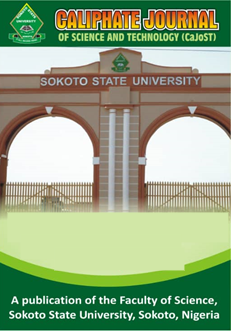Mixed Convection Flow of an Electrically Conducting Viscoelastic Fluid Between Vertical Parallel Plates: Insights on Thermal Radiation, Heat Source/Sink, and Dissipation Effects
DOI:
https://doi.org/10.4314/acpt5f79Keywords:
Viscoelastic fluid, Magnetohydrodynamic (MHD), Thermal radiation, Heat source/sink, Viscoelastic fluid.Abstract
This study explores the mixed convection boundary layer flow and heat transfer of a viscoelastic fluid across a parallel plate, considering the influence of an applied magnetic field, thermal radiation, and viscous dissipation. Efficient heat transfer is critical in designing heat management systems for various industrial applications, where the heat transfer rate may need to be increased or decreased to optimize heating or cooling processes. Additionally, the findings are significant because the wall material's thermal properties depend on the cooling or heating rates during the production of metal or polymer sheets. Radiative effects and viscous dissipation contribute to higher temperature distributions and the expansion of the thermal boundary layer. Radiation particularly enhances heat generation in fluids, increasing their temperature, especially at elevated temperatures where it directly impacts heat transfer and temperature distribution. In the boundary layer, where transport phenomena oppose each other, the magnetic field becomes the dominant factor. The study further demonstrates that an applied magnetic field increases the fluid temperature profile while reducing the rate of heat transfer through the walls. The research also reveals that increasing the nonlinear stretching sheet parameter raises the drag coefficient due to enhanced momentum diffusivity, resulting in lower heat transfer rates as the boundary layer thickness increases.

